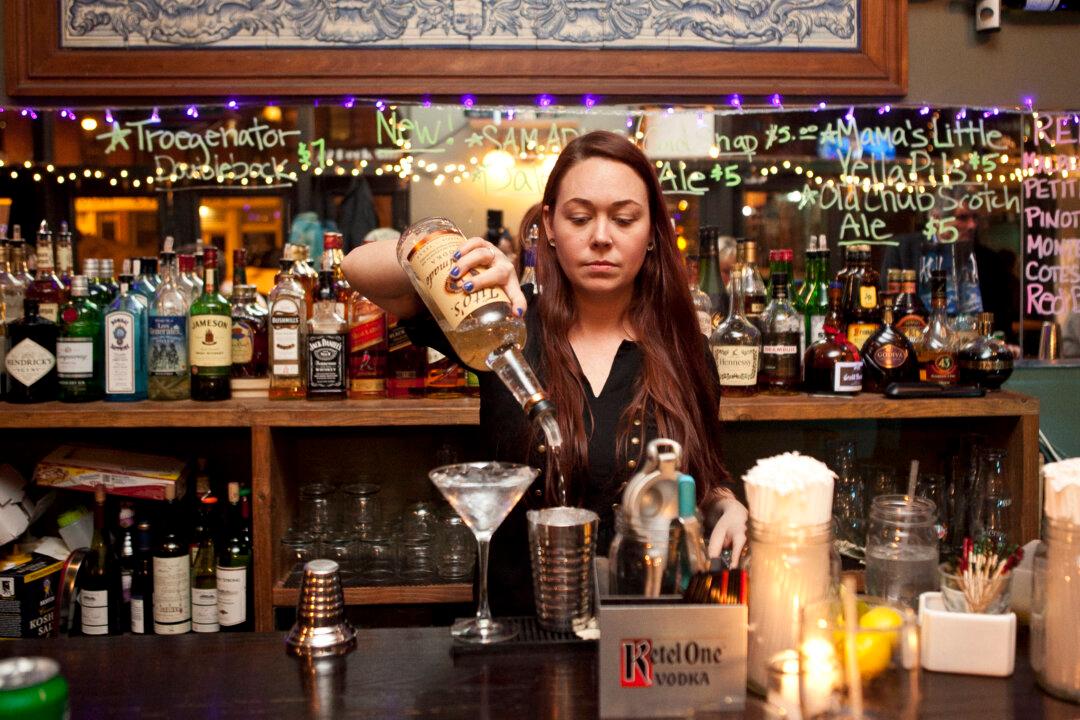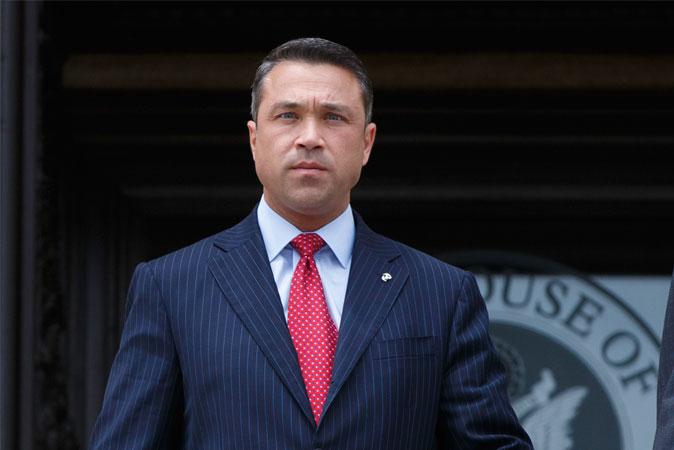NEW YORK—In more than a decade slinging drinks, bartender Autumn Alston has depended on tips to earn a living, leading to an often-inconsistent income from some customers who tip a lot, some who stiff, and a few who make cringe-inducing suggestions.
“There was a time when a guy was like, ‘If you pull your shirt down a little more you’d probably get more money,'” said the 32-year-old mother of two from the Bronx. “This is what you go through working in this industry.”
Alston and other service workers who depend on tips are at the center of New York State’s latest minimum-wage debate—whether to raise the “below minimum-wage.”
Like most states, New York allows restaurants and hotels to pay servers, busboys, and other tipped workers less than minimum wage—$5 per hour instead of $8.75—as long as they make up the difference with tips.
Now New York is considering raising the sub-minimum to $7 an hour to decrease the reliance on tips. But restaurant owners are fighting the proposal, which they say would lead to higher menu prices and hurt the very employees it’s designed to help.





